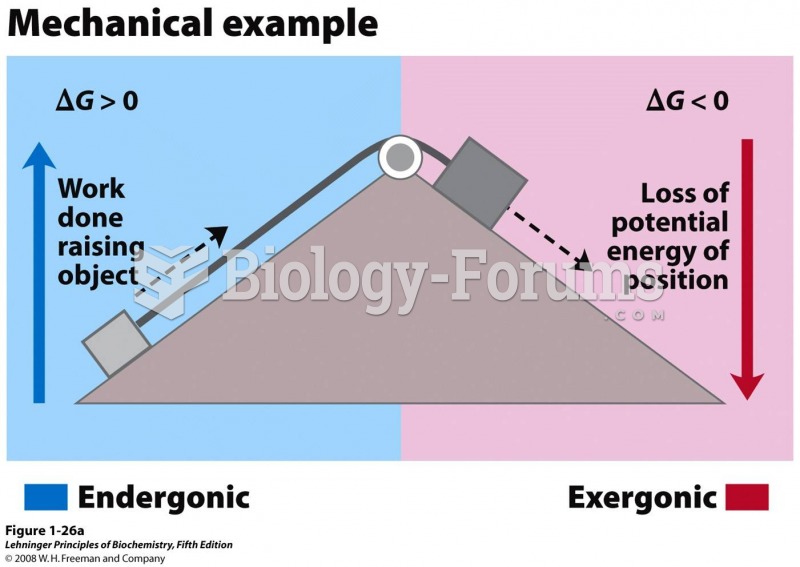Answer to Question 1
Answer: D
Answer to Question 2
Answer: Gentrification is the process by which middle-class people move into deteriorated inner-city neighborhoods and renovate the housing. Most cities have at least one gentrified inner-city neighborhood. In a few cases, inner-city neighborhoods never deteriorated because the community's social elite maintained them as enclaves of expensive property. In most cases, inner-city neighborhoods have only recently been renovated by the city or by private investors.
Middle-class families are attracted to deteriorated inner-city housing for a number of reasons. First, houses may be larger, more substantially constructed, yet cheaper in the inner city than in the suburbs. Inner-city houses may also possess attractive architectural details such as ornate fireplaces, cornices, high ceilings, and wood trim.
Gentrified inner-city neighborhoods also attract middle-class individuals who work downtown. Inner-city living eliminates the strain of commuting on crowded freeways or public transit. Others seek proximity to theaters, bars, restaurants, and other cultural and recreational facilities located downtown. Renovated inner-city housing appeals to single people and couples without children, who are not concerned with the quality of inner-city schools.
Because renovating an old inner-city house can be nearly as expensive as buying a new one in the suburbs, cities encourage the process by providing low-cost loans and tax breaks. Public expenditures for renovation have been criticized as subsidies for the middle class at the expense of people with lower incomes, who are forced to move out of the gentrified neighborhoods because the rents in the area are suddenly too high for them.







